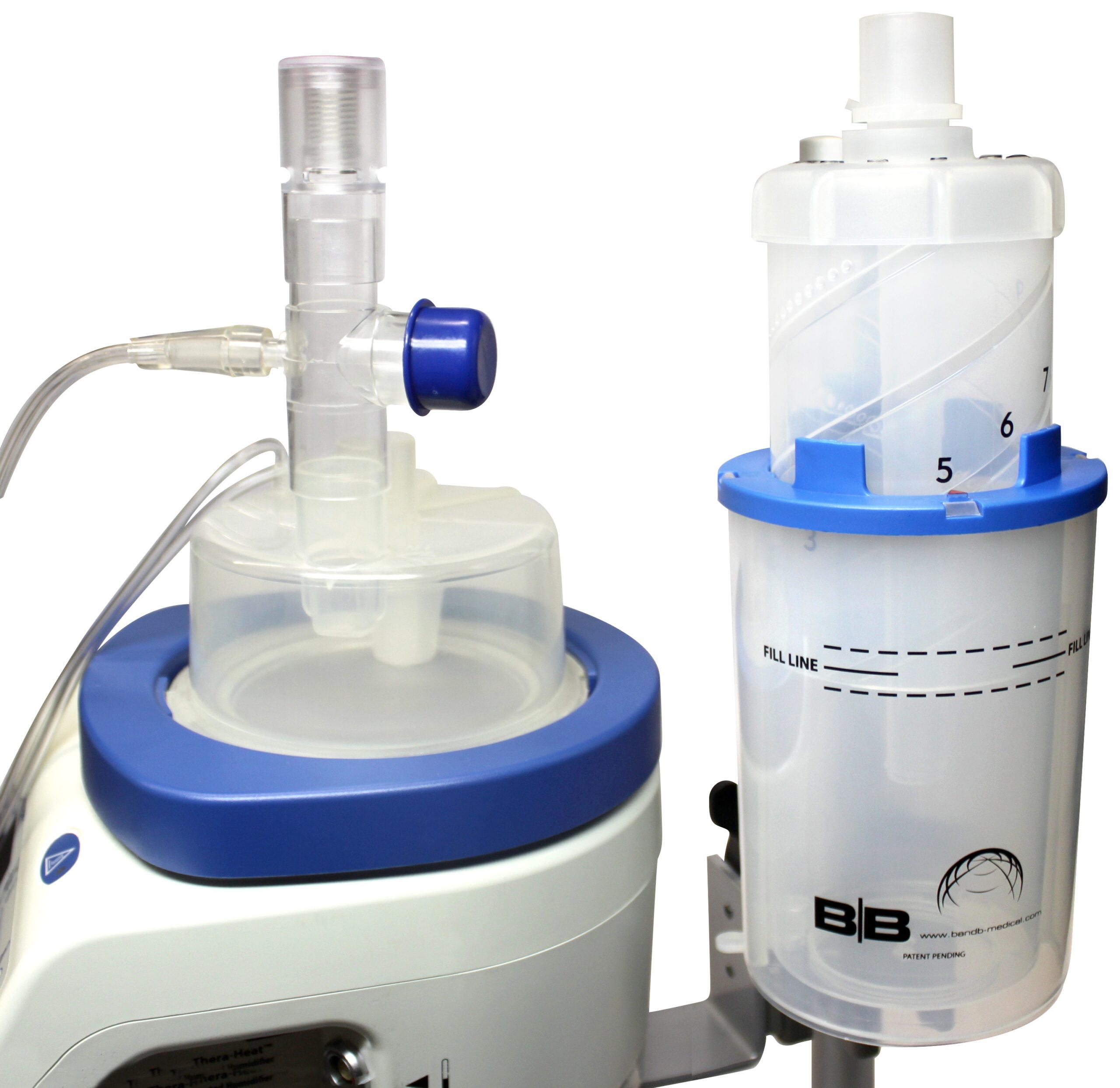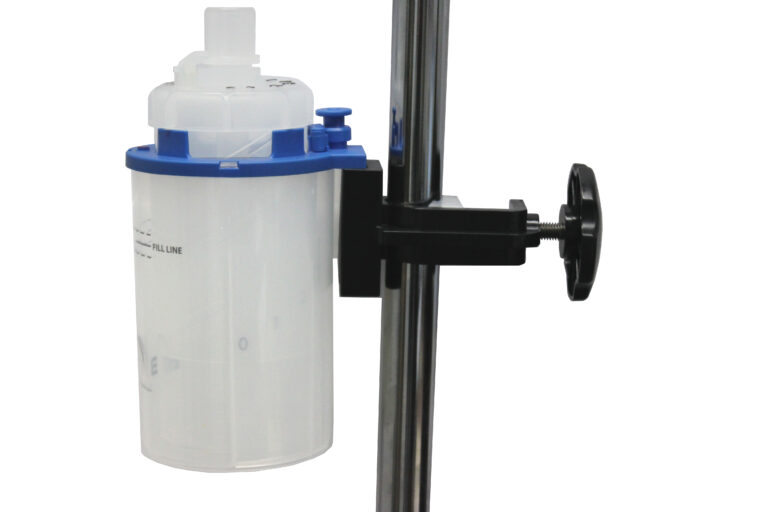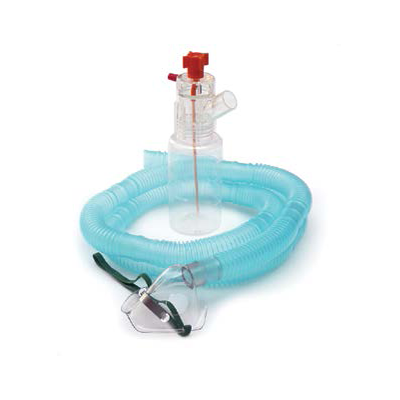Newborns, particularly those born prematurely or with respiratory distress, often require specialized care to ensure their lungs develop properly and they receive adequate oxygen. One such innovation that has significantly improved outcomes in neonatal care is the Bubble Continuous Positive Airway Pressure (Bubble CPAP) system. This system provides a continuous flow of air or oxygen to help keep a baby’s lungs inflated and is a less invasive alternative to mechanical ventilation. Here are some key advantages of using a Bubble CPAP system for newborns.
-
Enhances Natural Breathing
The primary advantage of a Bubble CPAP system is its ability to enhance the natural breathing efforts of newborns. Unlike mechanical ventilators that take over the breathing process, the Bubble CPAP system supports the baby’s respiratory efforts. Maintaining a constant airflow helps keep the alveoli open, facilitating better gas exchange and allowing the baby to breathe more naturally and with less energy.
-
Reduces the Risk of Lung Injury
One of the major concerns with mechanical ventilation is the risk of lung injury due to high inflation pressures and lung overdistension. The Bubble CPAP system provides a gentler approach by using lower airway pressures, which significantly reduces the risk of ventilator-associated lung injury. This gentle support helps protect the delicate lung tissues of newborns, promoting healthier lung development.
-
Lowers the Incidence of Chronic Lung Disease
The use of Bubble CPAP has been associated with a lower incidence of chronic lung diseases, such as Bronchopulmonary Dysplasia (BPD), especially in preterm infants. By minimizing the use of invasive ventilation and promoting a more natural breathing pattern, the Bubble CPAP system reduces exposure to high oxygen levels and pressures, both of which can contribute to the development of BPD.
-
Facilitates a Smoother Transition to Independent Breathing
For newborns, especially those who are premature, making the transition to independent breathing can be challenging. Bubble CPAP systems are instrumental in this aspect as they provide consistent airway support without taking over the respiratory drive. This continuous positive airway pressure helps stabilize the newborn’s chest wall, reduces work of breathing, and maintains functional residual capacity, thereby providing a smoother transition to independent breathing as the infant matures.
-
Improves Oxygenation
Effective oxygenation is crucial for the survival and healthy development of newborns with respiratory distress. The Bubble CPAP system improves oxygenation by enhancing the stability of the chest wall and improving the lung volume. This optimized lung function ensures that adequate oxygen reaches all vital organs, supporting proper growth and development.
-
Increases Comfort and Reduces Stress
Compared to mechanical ventilation, babies on Bubble CPAP are generally more comfortable and exhibit less physiological stress. This is because the Bubble CPAP system allows babies to initiate their breaths and maintain their breathing patterns. The reduced need for sedation and the ability to interact more naturally with parents and caregivers can contribute positively to the overall well-being and development of the newborn.
-
Promotes Better Feeding and Growth
The comfort and stability provided by the Bubble CPAP system also support better feeding practices and growth patterns in newborns. Babies who are less stressed and more comfortable tend to have better sucking and swallowing reflexes, which are crucial for effective feeding. Good nutritional intake, in turn, supports robust growth and strengthens the immune system.
-
Cost-Effective and Resource-Efficient
From a healthcare perspective, the Bubble CPAP system is a cost-effective solution for managing newborns with respiratory distress. It requires less sophisticated equipment and lower levels of sedation and analgesia compared to mechanical ventilation. Furthermore, the ease of use and lower intensity of nursing care mean that it can be implemented in both high-resource settings and locations with limited access to complex medical technology.
- Decreases the Length of Hospital Stay
Finally, the use of the Bubble CPAP system can decrease the length of hospital stays for newborns. By facilitating more natural breathing, reducing the incidence of complications, and promoting quicker stabilization, infants on Bubble CPAP often recover faster. They can be discharged sooner than those requiring more invasive forms of respiratory support.
Conclusion
The Bubble CPAP system represents a significant advancement in neonatal care, offering a myriad of benefits for newborns facing respiratory challenges. Its ability to support natural breathing patterns, reduce the risk of lung injury, and promote overall growth and development makes it an invaluable tool in neonatal intensive care units worldwide. For healthcare providers and parents alike, the Bubble CPAP system offers a gentle yet effective means of ensuring that vulnerable newborns receive the best possible start in life.


